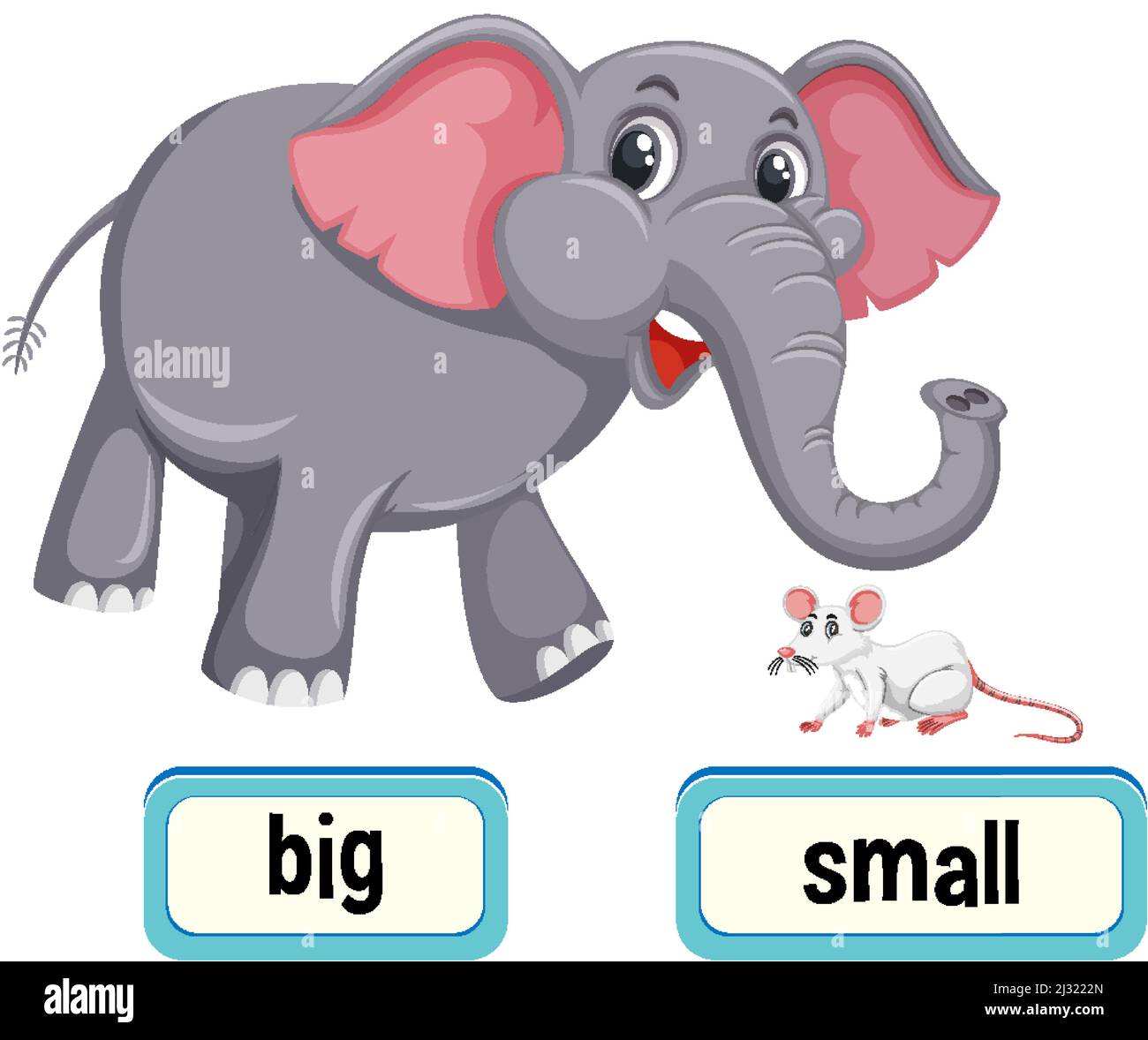Decoding The Big Black Bee: Carpenter Bees Vs. Bumblebees
Have you ever spotted a large, dark, buzzing insect near your home and wondered, "What is that big black bee?" You're not alone. These impressive insects often spark curiosity, and sometimes, a little confusion. While many might immediately think of bumblebees, the chances are you've encountered a fascinating creature known as the carpenter bee. Understanding these magnificent pollinators is key to appreciating their role in our ecosystem and knowing how to coexist peacefully with them.
This comprehensive guide will delve deep into the world of the big black bee, primarily focusing on the large carpenter bee (genus Xylocopa) and distinguishing it from its often-confused cousin, the bumblebee. We'll explore their unique characteristics, behaviors, ecological importance, and address common concerns, ensuring you gain a clear understanding of these remarkable insects. Our aim is to provide expert, authoritative, and trustworthy information to help you identify these bees and understand their place in our environment.
Table of Contents
- Unveiling the Big Black Bee: What Are They?
- Carpenter Bees vs. Bumblebees: The Key Differences
- The World of Xylocopa: A Closer Look at Carpenter Bees
- Black Carpenter Bee Identification: How to Tell Them Apart
- Behavioral Insights: Territoriality and Temperament
- Pollinators at Work: Their Vital Role
- Safety Concerns: Can a Big Black Bee Kill You?
- Coexisting Peacefully with Big Black Bees
Unveiling the Big Black Bee: What Are They?
When people refer to a "big black bee," they are most often talking about a carpenter bee, specifically the large carpenter bee (Xylocopa). These are prominent insects in many regions, known for their imposing size and distinctive appearance. The genus Xylocopa encompasses around 500 bee species across 31 subgenera, making them a diverse and widespread group. The common name "carpenter bee" is derived directly from their unique nesting behavior: nearly all species burrow into hard plant material such as dead wood or bamboo. This habit is what often brings them into close contact with humans, as they may choose wooden structures around homes for their nests.
In the United States, along with bumble bee queens, carpenter bees (genus Xylocopa) are among the largest native bees. Their presence spans a broad range of ecosystems, from tropical to subtropical to temperate climates, highlighting their adaptability and ecological significance. While some species might have yellow markings or fuzzy bodies, the quintessential "big black bee" image often points to a species like the Eastern Carpenter Bee (Xylocopa virginica), which is predominantly black and possesses a shiny body, six legs, and two pairs of wings. This particular species, also known as Xylocopa virginica, is one of the largest bees found in North America, with a body length ranging from 1 to 1.5 inches, making it an impressive sight to behold.
The large carpenter bee (Xylocopa) is a big black bee with a shiny body, six legs, and two pairs of wings. This description fits many of the species you might encounter. They are known for building nests in wood and burrowing tunnels into dead wood, which is a key identifying characteristic that sets them apart from other large bees. Their robust, wide, and fat bodies further contribute to their distinctive appearance, often measuring an inch long or even longer. In most cases, they’re entirely black, which makes them pretty distinctive, though some may have yellow markings on their legs and face, or even a fuzzy yellow thorax with a black abdomen, as seen in the Eastern Carpenter Bee.
Carpenter Bees vs. Bumblebees: The Key Differences
One of the most frequent questions people ask when they see a big black bee is whether it's a carpenter bee or a bumblebee. While both are large, fuzzy, and often black and yellow, there are distinct differences that help in their identification and understanding. Learning about these differences is crucial not only for identification but also for knowing how to handle them if they are near your home, ensuring both your safety and the well-being of these important pollinators.
- Kirstentoosweet Leaked
- Oliver Cooper
- Rachel House
- Morris Chestnut Movies And Tv Shows
- The Grinch That Stole Bitches
Appearance Distinctions
At first glance, a large carpenter bee (Xylocopa) and a bumblebee can look quite similar, especially the eastern carpenter bee which can be easily confused with one of the larger bumble bee species. Both are quite large, almost 1 inch long. However, a closer look reveals key differences that allow for accurate identification:
- Carpenter Bees: The large carpenter bee (Xylocopa) is typically a big black bee with a shiny body, particularly on its abdomen. This is often the most reliable visual cue. While their thorax might be fuzzy and yellow, their abdomen is usually smooth and glossy black. In most cases, they’re entirely black, which makes them pretty distinctive. They can measure an inch long or even longer, with wide, fat bodies. Some species, like the Eastern Carpenter Bee, might have a fuzzy yellow thorax and a black, shiny abdomen. The tropical carpenter bee (Xylocopa latipes) is noted as the largest of the carpenter bees, known for its obscenely large, black appearance.
- Bumblebees: Bumblebees are characterized by their robust, fuzzy body covered in black and yellow hairs. Unlike the shiny abdomen of many carpenter bees, a bumblebee's abdomen is typically fuzzy all over, giving them a more uniformly "fluffy" appearance. They are among the largest of the big bee species, with some measuring up to 1.6 inches (4 centimeters) in length, making them one of the largest bees in the world. The big black bee with yellow stripes is known to visit a wide range of plant species, including sunflowers, lavender, and coneflowers, which often refers to a bumblebee. Their fuzzy yellowish and black legs are another identifying trait.
Nesting Habits and Behavior
This is perhaps the most significant distinguishing factor between the two species, directly impacting how they interact with human environments:
- Carpenter Bees: They are known for building nests in wood and burrowing tunnels into dead wood. This includes softwoods like pine, cedar, cypress, and redwood often used in home construction. When big black bees (carpenter bees) are excavating their nest to deposit larvae, you may see them hovering around wooden structures like eaves, decks, fascia boards, or even outdoor furniture. They create perfectly round, half-inch diameter holes in the wood, then turn at a right angle to bore tunnels along the grain. This behavior is where they get their name, as they literally "carpenter" their homes into wood.
- Bumblebees: Bumblebees, on the other hand, are characterized by their habit of buzzing from bloom to bloom to pollinate flowers. They typically nest underground in abandoned rodent burrows, dense grass, or other sheltered cavities, not in wood. You might also find them nesting in compost piles or under sheds. Their nesting preferences mean they rarely pose a threat to wooden structures.
Flight Patterns and Pollination Style
Observing their flight and foraging behavior can also provide clues to their identity:
- Carpenter Bees: Male carpenter bees are known for their territorial behavior, often hovering aggressively near their nests, sometimes engaging in "aerial wrestling arenas" with other males or perceived threats. They are also known for "nectar robbing," where they chew a hole at the base of a flower to access nectar without entering the flower's reproductive parts, thus bypassing pollination. However, they still contribute to pollination when they collect pollen from the flower's anthers.
- Bumblebees: Bumblebees are excellent pollinators, famous for "buzz pollination" or sonication, where they vibrate their bodies at a specific frequency to release pollen from flowers that hold it tightly (like tomatoes and blueberries). They are generally seen methodically visiting flowers, moving from bloom to bloom in a purposeful manner, collecting both nectar and pollen efficiently. Their robust bodies and dense fur make them highly effective at carrying pollen.
The World of Xylocopa: A Closer Look at Carpenter Bees
The genus Xylocopa, or carpenter bees, represents a fascinating and ecologically important group within the bee family. As mentioned, the common name carpenter bee derives from their nesting behavior. Nearly all species burrow into hard plant material such as dead wood or bamboo. This includes wooden structures on human dwellings, which can sometimes lead to them being considered pests, though their damage is usually minor unless infestations are severe and prolonged over many years. They prefer unpainted or weathered wood, as painted or treated wood is more difficult for them to bore into.
Understanding the black carpenter bee is important, especially in areas where they are prevalent. Black carpenter bees are one of the largest species of bees in the United States, and are often found within the greater Houston area, for example. Their large body size and black color often lead to them being mistaken for bumblebees. However, paying a little closer attention to their unique characteristics, such as the shiny abdomen, will help in correct identification. The large carpenter bee (Xylocopa) is a big black bee with a shiny body, six legs, and two pairs of wings, making it easily distinguishable once you know what to look for.
Beyond the common Eastern Carpenter Bee (Xylocopa virginica), the genus Xylocopa includes other impressive species like the tropical carpenter bee (Xylocopa latipes), which is the largest of the carpenter bees and can be quite intimidating with its obscenely large, black appearance. There's also the ginger and cerulean southern carpenter bee (Xylocopa micans) and the impressive blue carpenter bee (a Xylocopa species known for its striking metallic blue sheen). This diversity highlights the broad range of appearances, sizes, and behaviors within the "big black bee" family, showcasing the incredible adaptability of these insects across various climates and habitats, from tropical to subtropical to temperate regions.
Black Carpenter Bee Identification: How to Tell Them Apart
So, how do you tell the difference between a black carpenter bee and a bumblebee definitively? It comes down to a few key visual cues that, once learned, make identification straightforward. Let’s take a quick look at both species to solidify your understanding:
- Abdomen Shine vs. Fur: This is the most reliable indicator. Carpenter bees typically have a shiny, hairless abdomen. The large carpenter bee (Xylocopa) is a big black bee with a shiny body. Bumblebees, conversely, have fuzzy abdomens, usually covered in black and yellow hairs, giving them a uniformly furry appearance from head to tail.
- Body Shape and Coloration: Black carpenter bees can measure an inch long or even longer, with wide, fat bodies. In most cases, they’re entirely black, which makes them pretty distinctive. Some confusing bees in the species are entirely black with yellow markings on their legs and face, or a yellow fuzzy thorax with a black shiny abdomen (like the Eastern Carpenter Bee). Bumblebees are the largest of the big bee species, with a robust, fuzzy body typically covered in black and yellow hairs. The big black bee with yellow stripes is known to visit a wide range of plant species, including sunflowers, lavender, and coneflowers, and is almost certainly a bumblebee.

Designed by BIG-Bjarke Ingels Group and CRA-Carlo Ratti Associati

Opposite words for big and small illustration Stock Vector Image & Art

CBS Makes Big Changes for its Fall 2023 Schedule - Parade